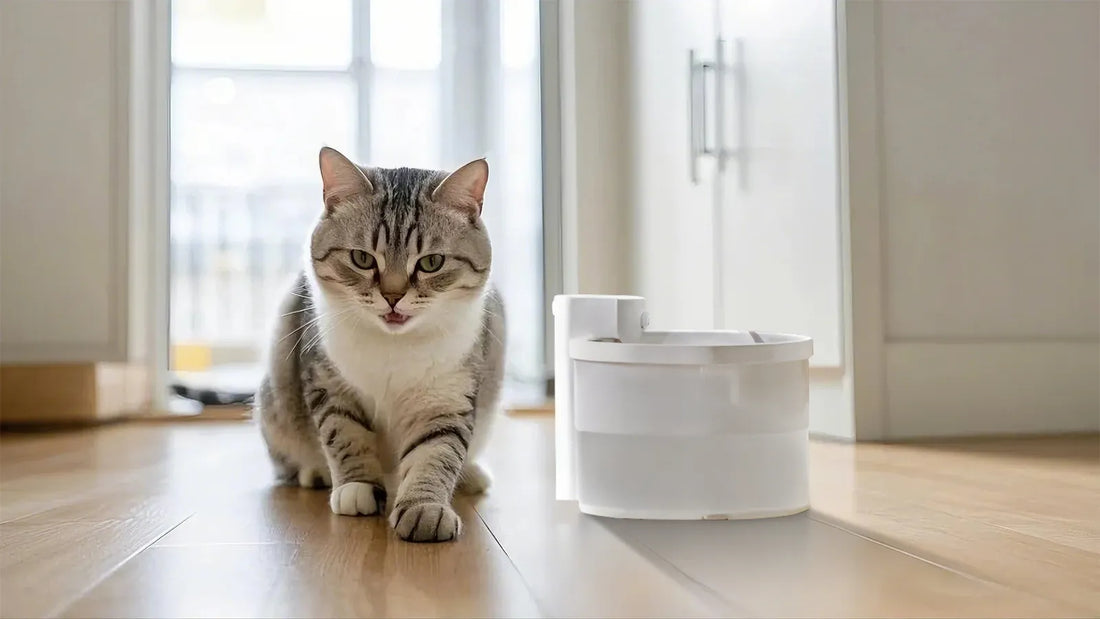When it comes to caring for your furry friend, understanding their needs is crucial. One common question many dog owners ask is, 'How long should a dog wait to walk after eating?' This seemingly simple query has significant implications for your dog's health and well-being. In this article, we’ll dive deep into the science behind this topic, explore potential risks, and provide practical tips to ensure your dog stays happy and healthy.
The Importance of Timing: Why Waiting Matters
Walking your dog immediately after a meal can lead to serious health issues. Dogs, like humans, need time to digest their food properly. When a dog eats, blood flow is directed to the stomach to aid digestion. If they engage in physical activity too soon, this process can be disrupted, leading to discomfort or even more severe conditions.
Understanding the Risks: Bloat and Other Concerns
One of the most significant risks associated with walking a dog too soon after eating is gastric dilatation-volvulus (GDV), commonly known as bloat. This life-threatening condition occurs when the stomach fills with gas and twists on itself. Large and deep-chested breeds are particularly susceptible, but all dogs are at risk. Symptoms include restlessness, drooling, and a swollen abdomen. Immediate veterinary attention is required if bloat is suspected.
How Long Should Your Dog Wait?
So, how long should a dog wait to walk after eating? Veterinarians generally recommend waiting at least 30 minutes to an hour after a small meal and up to two hours after a larger one. This allows sufficient time for digestion to begin and reduces the risk of complications. However, every dog is unique, and factors such as breed, age, and overall health should be considered.
Tips for a Healthy Routine
To ensure your dog’s safety and comfort, consider the following tips:
- Feed your dog smaller, more frequent meals rather than one large meal.
- Avoid vigorous exercise immediately after eating. Instead, opt for light activities like gentle play or a short, leisurely walk.
- Monitor your dog’s behavior after meals. If they seem lethargic or uncomfortable, give them more time to rest.
- Consult your veterinarian for personalized advice based on your dog’s specific needs.
Common Misconceptions
There are several misconceptions about walking dogs after eating. Some believe that all dogs can handle immediate activity, while others think waiting too long is unnecessary. It’s essential to base your decisions on scientific evidence and professional advice rather than anecdotal information. Understanding your dog’s individual needs is key to preventing health issues.
The Role of Diet in Digestion
Your dog’s diet plays a significant role in how quickly they digest food. High-quality, easily digestible meals can reduce the waiting time before a walk. Conversely, diets high in fat or fiber may take longer to process. Pay attention to the ingredients in your dog’s food and adjust their routine accordingly.
Signs Your Dog Is Ready to Walk
How can you tell if your dog is ready to walk after eating? Look for signs of relaxation, such as lying down calmly or showing interest in their surroundings. If your dog seems restless or uncomfortable, they may need more time to digest. Always err on the side of caution to avoid potential health risks.
Creating a Balanced Schedule
Balancing your dog’s eating and exercise schedule can be challenging, especially for busy pet owners. However, establishing a consistent routine is vital for their well-being. Plan walks and meals at regular intervals to help your dog’s body adjust and function optimally.
When to Seek Professional Help
If you notice persistent digestive issues or unusual behavior after meals, consult your veterinarian. They can provide tailored advice and rule out underlying health conditions. Early intervention can prevent more serious problems down the line.
Understanding how long your dog should wait to walk after eating is essential for their health and happiness. By following the guidelines outlined in this article, you can create a safe and enjoyable routine for your furry companion. Remember, every dog is unique, so pay attention to their individual needs and consult your veterinarian for personalized advice. Your dog’s well-being is worth the extra effort!













